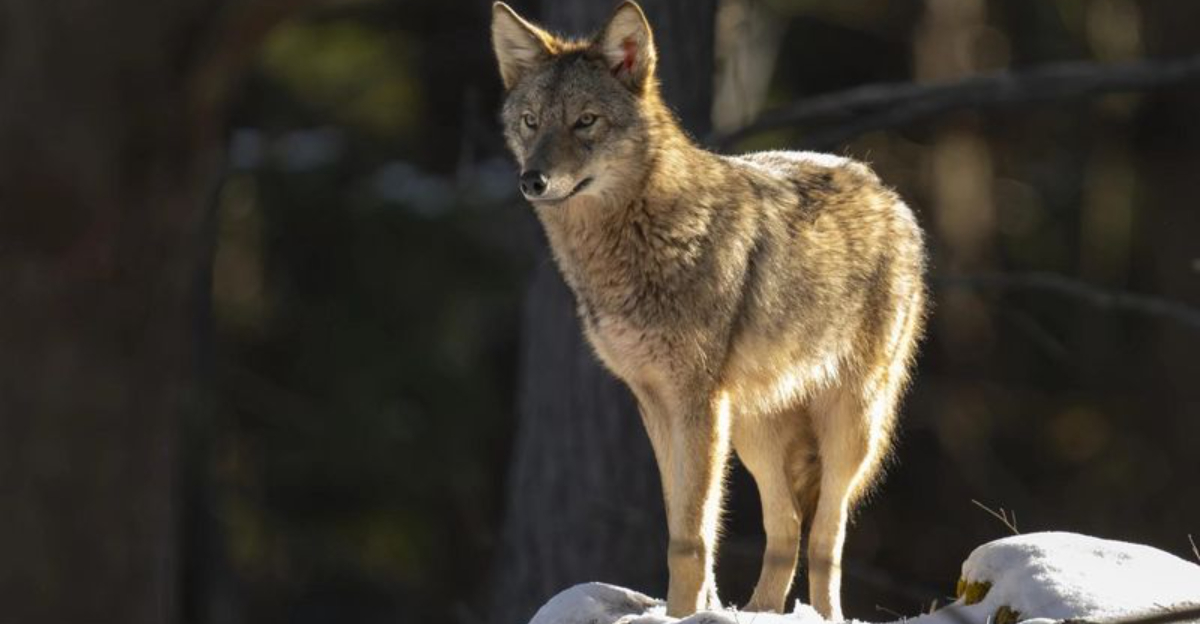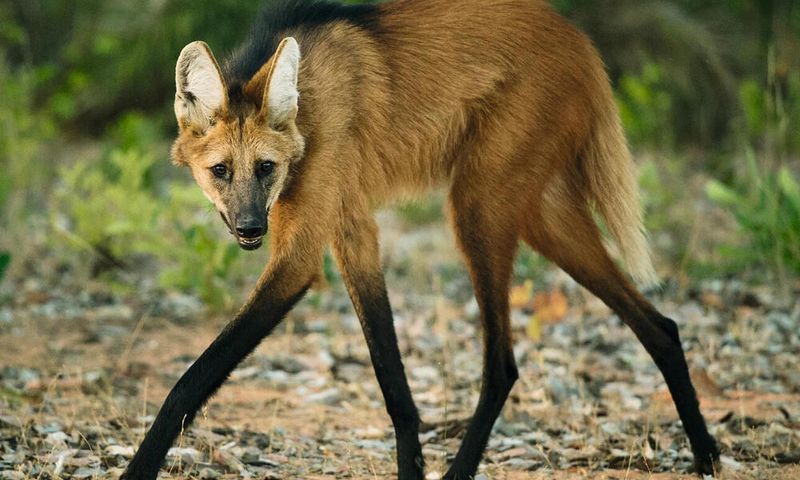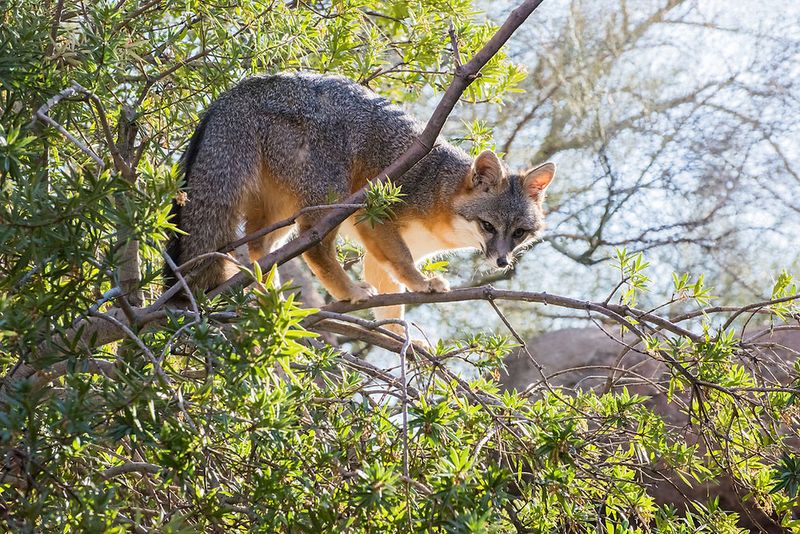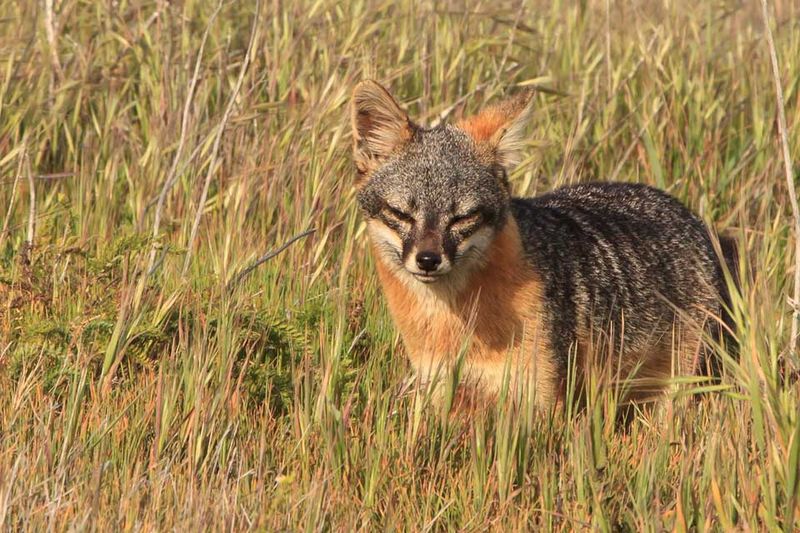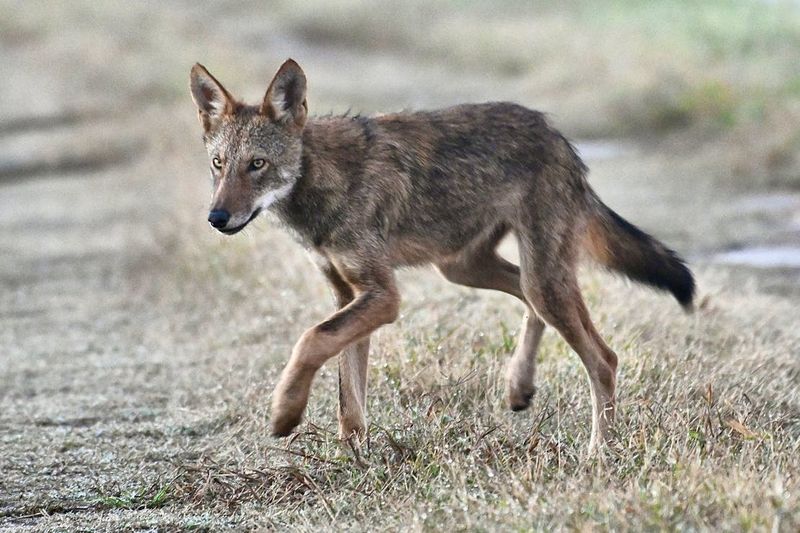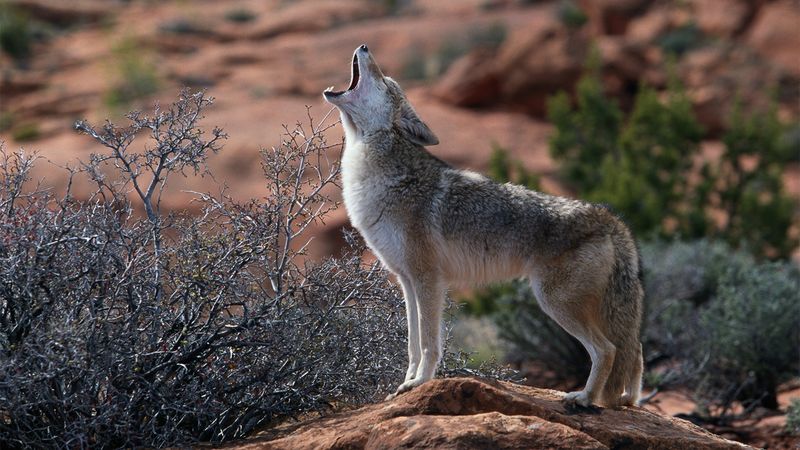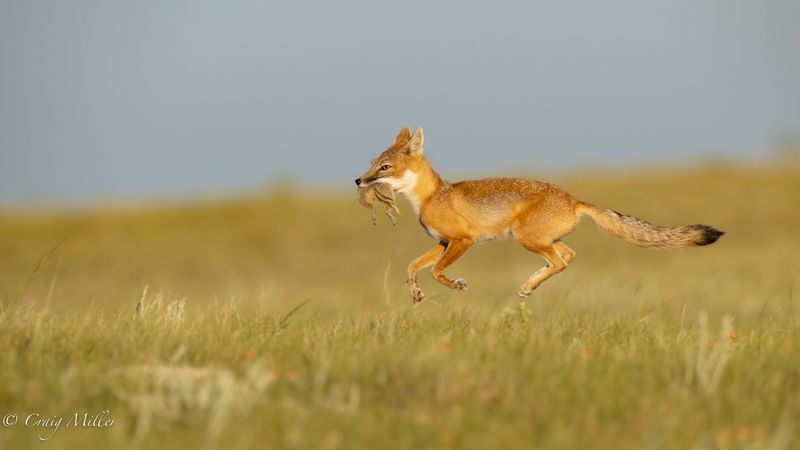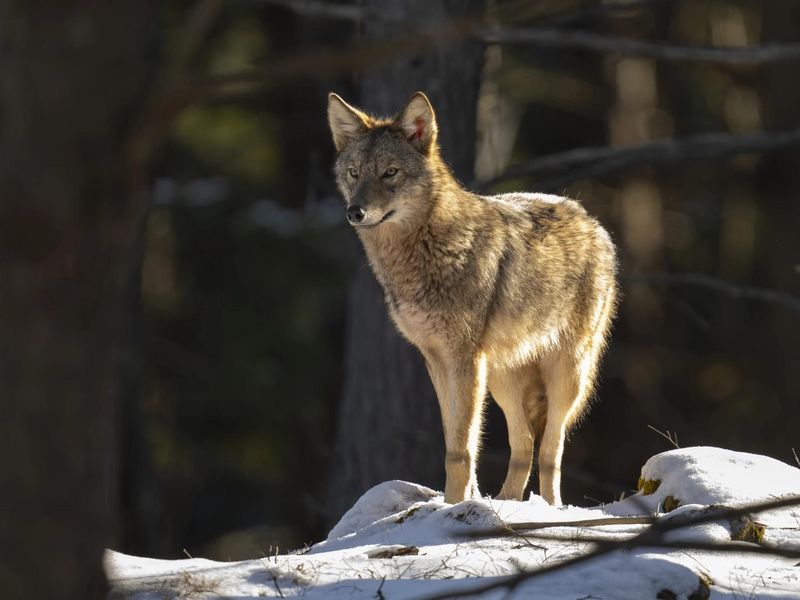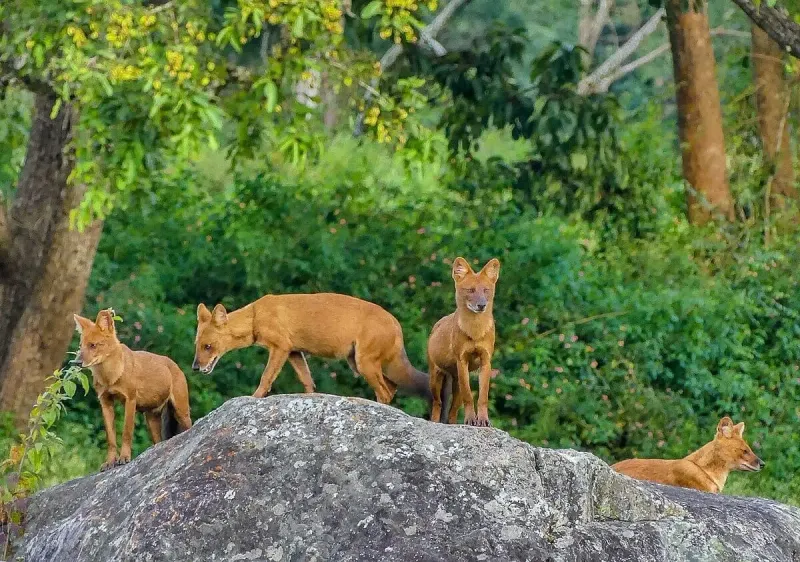When we think of wild dogs in North America, wolves often come to mind. However, there’s a fascinating array of lesser-known canines roaming the continent. These unique species offer a glimpse into the diverse adaptations and histories of wild dogs that aren’t wolves. From the swift movements of the Maned Wolf to the elusive nature of the Gray Fox, each of these creatures brings something special to the table. Let’s explore eight wild dog species in North America that are often overshadowed by their more famous relatives.
Maned Wolf
The Maned Wolf, often mistaken for a fox on stilts, stands as a testament to the diversity of the canid family. Its elongated legs elevate it above the tall savannah grasses of its native habitats. With a distinctive black mane running down its neck, this majestic creature resembles no other canine.
Interestingly, the Maned Wolf is not a wolf or a fox, but a unique species classified as its own genus. Its solitary nature and omnivorous diet set it apart from pack-loving wolves, making it a fascinating study for wildlife enthusiasts.
Search for ‘maned wolf tall grasslands’ to find captivating images of this extraordinary animal.
Gray Fox
Known for its climbing prowess, the Gray Fox is a tree-dwelling marvel in the canid world. Unlike most foxes, it possesses the unique ability to scale trees with ease. This adaptability helps it evade predators and hunt birds or fruits high in the branches.
Its gray coat and bushy tail with a white tip allow it to blend seamlessly into the forested landscapes it calls home. As one of the more elusive canids, spotting a Gray Fox is a rare treat for wildlife watchers.
To view these agile creatures, search for ‘gray fox tree climbing’ in your image browser.
Island Fox
Small yet mighty, the Island Fox calls the Channel Islands off the coast of California its home. This miniature fox, compared to its mainland relatives, has evolved to thrive in its isolated habitat. Despite its size, it plays a crucial ecological role as both predator and prey.
Its fur pattern and colors help it camouflage amidst the island’s varied terrain, from rocky shores to verdant hills. With conservation efforts in place, the Island Fox population has rebounded from near extinction.
For stunning visuals, search ‘Island Fox Santa Cruz Island’ and explore its beautiful natural setting.
Red Wolf
With a history as turbulent as its name suggests, the Red Wolf roams the southeastern United States. Its slender build and reddish-brown coat distinguish it from its larger wolf cousins. These wolves typically inhabit marshes and swampy regions, creating a mysterious allure.
The Red Wolf is known for its contribution to conservation biology as one of the first predators to be reintroduced into the wild. Its survival story is a testament to successful wildlife management.
Eager to see this remarkable wolf? Use ‘Red Wolf twilight marsh’ for evocative images.
Coyote
The Coyote, often seen as a cunning symbol of adaptability, navigates both urban and wilderness areas with ease. Its howl is iconic, echoing through desert landscapes and into suburban backyards alike.
This resilient species thrives in diverse environments, from arid deserts to bustling cities. Its omnivorous diet and flexible behavior allow it to coexist with human activity, often leading to fascinating encounters.
Capturing the essence of a Coyote is as easy as searching ‘Coyote desert howl’ for a visual treat.
Swift Fox
True to its name, the Swift Fox is a master of speed, darting across the shortgrass prairies of North America. Its diminutive size and agility make it a formidable hunter despite its small frame.
The Swift Fox’s sandy-colored coat provides excellent camouflage against the prairie backdrop. Conservation efforts have played a vital role in its comeback, as it was once considered extinct in Canada.
For dynamic images of this quick-footed fox, try searching ‘Swift Fox running prairies’.
Eastern Coyote
A product of hybridization between gray wolves and western coyotes, the Eastern Coyote is a fascinating study in evolution. Residing primarily in the northeastern United States, it exhibits traits from both parent species.
This animal’s thick fur and robust frame make it well-suited for cold environments. The Eastern Coyote showcases the perfect blend of cunning and strength.
To see this hybrid beauty, search for ‘Eastern Coyote snowy forest’ and witness its striking presence.
Dhole
While not native to North America, the Dhole has made its way into the continent’s diverse ecosystems through various wildlife sanctuaries. Known for their cooperative pack behavior, these wild dogs are highly social.
Their reddish coats help them blend into the dense forests they inhabit. The Dhole’s whistling communication is a unique trait that facilitates hunting and social interaction.
Explore their intriguing social dynamics with the search term ‘Dhole pack behavior forest’.
